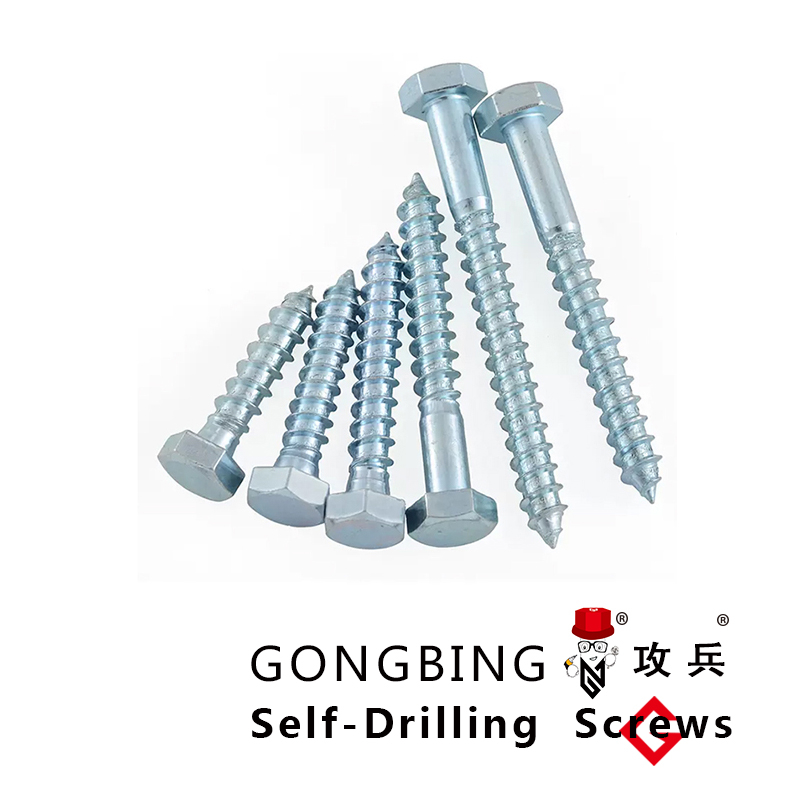6mm double ended stud
Understanding the 6mm Double Ended Stud A Comprehensive Overview
The 6mm double ended stud is a crucial component in various industrial applications, particularly in construction, machinery, and automotive sectors. This seemingly simple hardware item serves a multifaceted role, cementing its importance in ensuring structural integrity and facilitating the assembly of components.
What is a Double Ended Stud?
A double ended stud, as the name suggests, has threads on both ends and is typically used to connect two components together. Unlike a regular bolt or screw, which usually has a head, a double ended stud lacks this feature, allowing it to be inserted into the materials that need to be joined. The central section of the stud is often unthreaded, providing a smooth surface for loading. This design offers greater flexibility in assembly and disassembly processes.
Importance of the 6mm Size
The 6mm designation refers to the diameter of the stud. It is a standard size that offers a balance between strength and versatility, making it ideal for various applications. The 6mm double ended stud is particularly favored in situations where a compact connection is required, or where space constraints limit the use of larger hardware. Its size allows it to fit into tight spaces while still providing sufficient strength to hold components securely.
Applications of 6mm Double Ended Studs
1. Automotive Industry In the automotive sector, double ended studs are commonly used to secure engine components, exhaust systems, and body panels. Their ability to withstand vibrations and thermal expansions makes them a go-to choice for OEMs and after-market repairs.
2. Construction In the construction industry, the 6mm double ended stud is often used in the assembly of structural frames, securing metal components, and in pre-fabricated systems. The double-threaded design allows for efficient and strong connections that can be easily adjusted.
6mm double ended stud

3. Machinery and Equipment Many machines require resilient fastening solutions. The 6mm double ended stud can be found in various machinery, from manufacturing equipment to agricultural tools, ensuring parts remain tightly fastened under demanding conditions.
Advantages of Using 6mm Double Ended Studs
1. Ease of Use The installation of double ended studs is simple, requiring only a compatible nut or fixture on each side. This ease of use can lead to significant time savings in assembly processes.
2. High Strength The materials used in manufacturing 6mm double ended studs often include high-grade steel or stainless steel, providing excellent tensile strength and resistance to corrosion.
3. Versatility Their applications are vast, enabling their use in a wide range of settings. Whether for temporary or permanent fixtures, these studs provide reliable performance.
4. Compact Design The absence of a head allows for connections in tighter spaces, which is often crucial in both industrial and automotive applications.
Conclusion
The 6mm double ended stud may appear to be a small component, but its significance in various industries cannot be overstated. Its unique design, coupled with its strength and versatility, makes it an essential part of many assembly and fastening applications. Understanding its functions and applications helps industries appreciate the vital role such hardware plays in ensuring safety and reliability in mechanical installations. As technology continues to evolve, the demand for such efficient fastening solutions will undoubtedly persist, solidifying the 6mm double ended stud's status as a mainstay in structural assembly.
-
Weatherproof Plastic Expansion Anchors for OutdoorNewsJun.06,2025
-
Sustainability in the Supply Chain: Eco-Friendly TEK Screws ProductionNewsJun.06,2025
-
Load-Bearing Capacity of External Insulation FixingsNewsJun.06,2025
-
Double Head Bolts: Enhancing Efficiency in Industrial MachineryNewsJun.06,2025
-
Corrosion Resistance in Chipboard Screws: Coatings for Wholesale DurabilityNewsJun.06,2025
-
Butterfly Toggle Bolts : Enhancing Structural ResilienceNewsJun.06,2025
